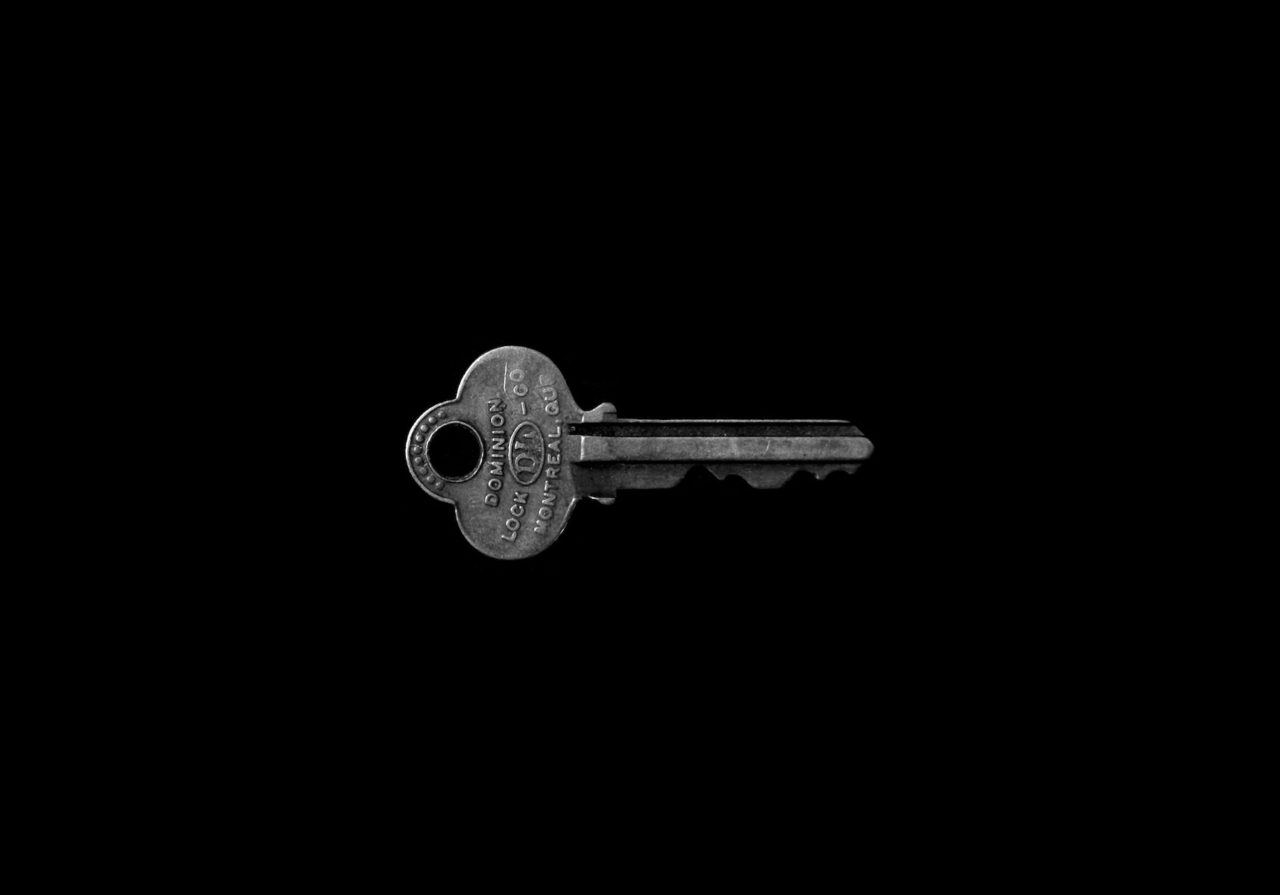Unsightly to lovely, outdated to fresh, tragic to enchanting. Taking on a fixer upper is exhilarating and exhausting.
Over the past decade I (along with my husband or parents) have completed ten home renovations. In that time, I’ve heard countless people mention that they too would like to take on a fixer upper. Along with the popularity of home improvement networks, house-flipping shows, design blogs and our beloved Pinterest comes a certain ideology: It’s easy as 1-2-3, simple as Do Re Mi, ABC.
The less-than-glamorous stuff usually doesn’t get much airtime, but is certainly worth consideration. Here are a few things I’ve learned along the way:
1. This isn’t HGTV; set your expectations accordingly.
Obviously. Right? However, it’s easy to be blindsided by the magic of television when it comes to a renovation project. We’ve all seen those hour-long episodes that include big dreams, one little (quickly remedied) hiccup which concludes with a perfectly styled, dramatic transformation and very happy homeowners.
It’s important to know that home renovations require an immense amount of patience, and almost always, time and money. If you’re living in the home undergoing renovations, you may have to live without a kitchen sink for weeks on end; you may be vacuuming drywall dust out of your sofa for months after the project is complete. We once lived with a gaping, seven-foot hole in an exterior wall when our patio doors didn’t come in on time. Oops.
2. Expect hidden expenses.
No matter how petty or paramount the changes, the amount of preparation or professional opinions you gather, there are bound to be hidden expenses. Some issues simply cannot be perceived from the onset. It’s only once you’re knee-deep (sometimes literally) that you can identify other problems.
Which means you would be smart to overestimate by 30%-50%. This might seem outrageous, but fingers-crossed you don’t run into anything major and, best case scenario, you’ve got some cash to jump-start the next project. Worst case, you use every last penny but you’re able to complete the project on time, without going into (extra) debt.
3. You will get your hands dirty.
Whether researching, meeting contractors, measuring (and re-measuring), painting or, quite literally, laboring in your new landscaping, it’s inevitable that you’ll get your hands dirty and you’ll be better for it in the end.
Being hands-on is important for a few reasons: For one, you can save some cash. Depending on your level of experience and/or expertise, there are plenty of things you can do yourself: demolition, caulking, repairing walls, painting, tiling a backsplash, hanging closet shelves and more.
Secondly, being involved helps you stay on time and on budget. Do your homework, get multiple quotes, shop around, price check and you do the hiring — hopefully no firing, but if push comes to shove, then that too.
Finally, and most importantly, being hands-on keeps you and your team (designer, project manager, general contractor and whomever else) on the same page. Things go wrong. Words get misconstrued. Ideas get miscommunicated and contractors sometimes take the easy way out. Check in everyday. Remember, this is your home, mistakes you have to live with and/or your money to fix said mistakes.
It’s inevitable that you’ll get your hands dirty and you’ll be better for it in the end.
4. Be realistic about what you can handle.
You’ll learn new skills, patience and perspective being hands-on. However, there are some things that you absolutely should not do yourself. Leave any wiring or plumbing to the professionals. Foundation and HVAC work, roof replacement and any new additions should be hired out to a licensed pro; even though it will take up some of your budget, you’ll be glad you did.
If you’re looking to buy a fixer upper, be sure to consider not just layout and budget, but location. If a home has the perfect three bedroom/two bath configuration, only needs minimal updating, promises a huge ROI but requires a two hour daily work commute… know thyself.
Or, if you find a house in the perfect location, comes in under budget, but requires six months of major renovations, then evaluate if you’re prepared to live with that amount of chaos or if you’ll need to find an alternative place to live for the next six months — and be sure to include that in your budget.
5. Make smart design decisions.
Just as fashion trends come and go, the same is true for home design. Some trends have a certain staying power and make their way back to the mainstream every couple decades.
Others are so impactful, they’re never to be forgotten: pink bathrooms of the 50’s, avocado-colored appliances and goldenrod shag carpets of the 60’s and 70’s, sponge-painted walls of the 90’s, Tuscan-inspired kitchens of the early 2000s. The good, bad and ugly trends are still trends and trends are short lived. They date your home and devalue your asset.
Shoveling out big bucks for materials that are going to feel archaic and “so 2018” in just a few short years is not a smart investment. There’s nothing wrong with appreciating a trend, but implement the trendy stuff in more affordable, less permanent ways. Display your herbs in concrete planters on the kitchen windowsill instead of ripping out perfectly good countertops to replace with trendy concrete.
There’s nothing wrong with appreciating a trend, but implement the trendy stuff in more affordable, less permanent ways.
Also, remember that you bought this particular house for a reason and most likely it had to do with its inherent character and quintessential charm (even if it needs some unearthing). Stay true to your home’s aesthetic. Work to maintain the integrity and beauty to preserve the historic appeal and architecture. Don’t fall prey to fast, flashy finishes and cheap, current craze construction. Budget so that you can repair the original wood siding instead of slapping on new, low-maintenance vinyl. Restore that beaut of a front door and skip buying the brand new one that half of the block just installed.
Start by pinpointing elements and colors you’re drawn to, then identify the origins of your home to help you make design decisions that won’t leave you feeling regretful a few years from now.
The scope of a fixer upper can range from minimal repair to cataclysmic overhaul; both present a fair amount of challenges (seen and unforeseen), but also rewards. Taking something sad and neglected and breathing life back into it is gratifying on a supernatural level. Just remember to have honest expectations, do your homework, don’t be afraid to get your hands dirty and enjoy the process.
You might emerge a bit transformed yourself.
Have you taken on a home reno project? Would you do it again?
Feature Image via Jesse Orico













1 comment
Loved this article by Erin. It seems that she definitely has some experience here. I appreciate that she doesn’t sugarcoat this as it seems to be in the hgtv world.